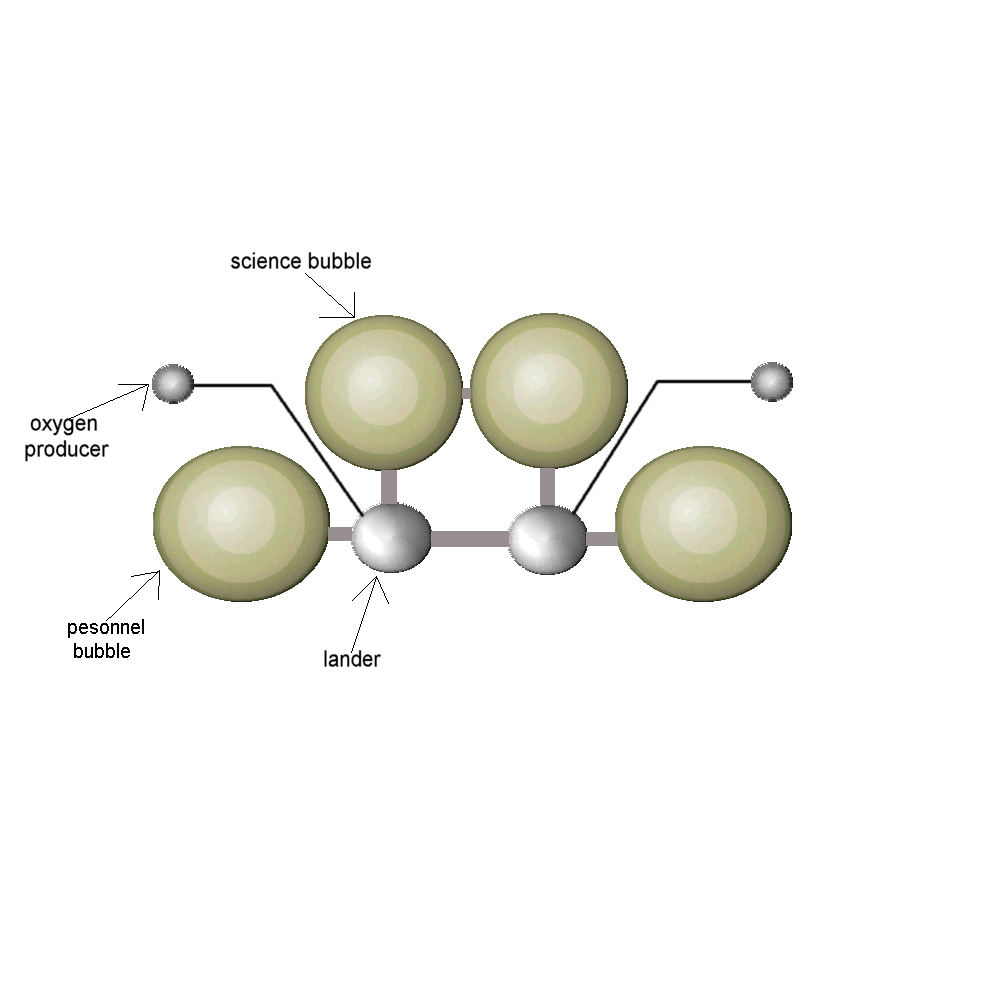Is placing humans on Mars possible?
MEP, (Mars Exploration Project), is a space program designed to send the first humans to another planet. MEP is not another plan to send robots to Mars though; MEP's main goal is to put humans on Mars. If sending more robots to Mars were the goal, we could just send another Viking. To expand our knowledge of Mars, we must not just take more pictures, we must experience it.
MEP's main goal, besides placing humans on Mars, is to search for life. We also plan to collect rock, core, and ice samples. If all goes as planned, a rover mission will travel to the north polar ice cap to collect ice samples. From these samples, some fuel specialists will determine if there are any useful substances on Mars for propulsion.
We are interested in going to Mars because we have questions about Mars we have left unanswered for years and want to answer. Humans have been to the moon, probes have been to most planets in the solar system, and we have a space station under construction so the next logical step is to visit a neighboring planet. We can't go to Venus, the atmosphere would dissolve us, so, Mars is the answer. Some problems that might be encountered while achieving this include many normal problems encountered when sending any space mission such as dealing with highly combustible substances. Some added problems might be the stress of living in space for extended periods of time, supplies could be lost or run out, or things could blow up. A variety of risks are always involved in any space mission although driving in a car on a freeway could be argued just as dangerous. Some past missions to Mars discovered it's red, rocky surface and north and south poles composed of a substance similar to dry ice. The atmosphere is mainly carbon dioxide but has some oxygen and traces of other gases.
The landing site is a flat plain near the north polar ice cap of Mars.

Two oxygen producers who extract oxygen from the atmosphere of Mars will be launched in 2001. The oxygen producers will also extract any useful substances from the atmosphere of Mars. During the next launch opportunity in 2003, two landers with crews of ten each will be launched. Following this, a lander and its specialized crew will be launched every twenty-six months at the times when Earth and Mars are closest decreasing the amount of fuel needed. The initial launch's crews will consist of four astronauts to fly ships and pilot rovers, two geologists to study physical features and the composition, two biologists to search for life, one doctor, and one botanist to see if plant life can be grown on Mars.
Once a lander is launched from Earth, it will be rotated with the fuel in one end of a long tether and the lander on the other end. The gravity will slowly decrease from one G to approximately the gravity of Mars so by the time the people reach Mars they will already be accustomed to it's gravity. The lander will land near the oxygen producer and will be hooked up to provide oxygen for the colonists. The landers are designed with four portholes near the bottom so they can be connected to other structures. When the lander lands, large "bubbles" fifty feet in diameter will occupy two of these portholes. In extreme need, the lander can be equipped with up to four bubbles. These bubbles are hemispherical in shape and will inflate upon landing. The first two missions will each be equipped with a personnel bubble and a scientific lab bubble. The landers can move small distances and will be hooked up as shown in the diagram.

Every twenty-six months, when Earth and Mars reach their closest point, a new ship and it's bubbles and crew will be launched. Some of the missions will have specialized personnel and bubbles. Some of these will include a plant bubble with a team of botanists to develop ways to use water and soil, on Mars, from Mars. This will be a source of oxygen and food in the future. Will we also have a communications bubble with a large antenna on top to keep contact with Earth, orbiting ships and satellites, and any rover missions going on. The communications bubble will also house most of the mainframe computers. Eventually, a medical bubble will be sent with a team of doctors and nurses to act as a hospital.
Some special names were picked for the bases. The first base will be called Clarke Base named after the author, inventor and visionary Sir Arthur C. Clarke. The actual site of the landing will be called Site Bova named after the author of the book Mars. Mars is the next step for humanity. We have conquered orbital space and the moon. We have conquered sending robots to planets. Now we must accomplish a new, untried feat, not as individual races, but as humanity. Space is too vast for us to be arguing about who we are. A quote from Ben Bova's book Mars, "Mars waits for us."


